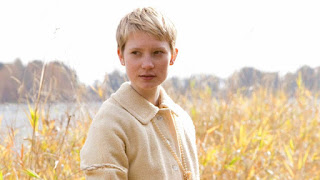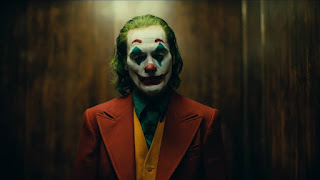Preliminary Exercise: Lighting techniques
commonly used in film:
Three-Point Lighting: This technique involves using three lights to illuminate the subject, including a key light, a fill light, and a backlight. The key light provides the primary source of illumination, the fill light fills in shadows, and the backlight adds depth and separation from the background.
High-Key Lighting: High-key lighting is a technique that involves using bright, even lighting to create a cheerful or upbeat atmosphere
. It is often used in comedies or romantic films to depict a happy or joyful mood.Low-Key Lighting: Low-key lighting is a technique that involves using dark, shadowy lighting to create a moody or suspenseful atmosphere. It is often
used in thrillers, horror movies, or film noir to create tension and mystery.Natural Lighting: Natural lighting is a technique that involves using natural light sources, such as the sun or ambient light, to illuminate the scene. It can create a realistic, authentic feel to the scene and is often used in outdoor shots or scenes set during the daytime.
Silhouette Lighting: Silhouette lighting is a technique that involves placing the subject in front of a bright light source, such as a window or the sun, to create a dark, shadowy outline. It can be used to create a dramatic effect and emphasize the subject's shape or profile.
Color Lighting: Color lighting is a technique that involves using colored gels or filters on lights to create a particular mood or atmosphere. For example, blue lighting can create a cold or eerie atmosphere, while warm, orange lighting can create a cozy and welcoming atmosphere.









Comments
Post a Comment